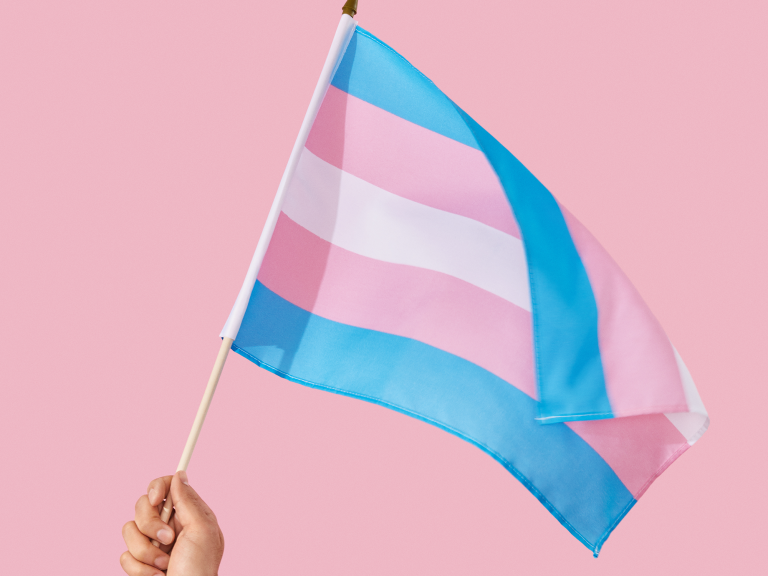Girls to the Left & Boys to the Right
Why It’s Important To Use Positive Language When Talking About Gender In Classrooms

By the wonderful Lilyan Tyson from our blogger team.
Gender dysphoria. What is it and how does it work? These are the questions that should arise when discussing the transgender community, not only in schools but in the outer world too, yet when broaching the topic, there is little consideration for the possible audience. There have been countless times throughout my schooling years, both in the private and public sector, that groups of students were separated into boys and girls, a flawless system that has easily distinguished teams for school camps and sporting groups for decades of the past. However, in today’s society which is far more secular than ever before, the importance of inclusion grows, especially in the ever growing community of transgender individuals. Now, this is not a cry for there to be an acknowledgement of the numerous gender identity labels, but the call for the positive reinforcement of correct language and action.
“Are you assuming my gender?” A sentence echoed by the wrong individuals far too often. Although this phrase is a level of sarcasm used to entertain, this is just one of the toxic phrases that can negatively impact those struggling with gender identity, especially children and adolescents in classrooms who already face high levels of stress and pressure to conform. I came across a post on Tumblr created by a woman who was mid-transition. It consisted of a single phrase that I believe everyone should say to themselves before making comments, comedical or not, regarding gender. It simply stated, “You do not know who around you could be grappling with gender identity.”
I think the problem with people’s concepts of gender comes from miseducation. Perhaps this could all be solved with the revamping of the education system and the syllabus, to make it more inclusive of the issues faced by individuals in modern society. So whilst I’m here, I’ll share some key definitions of words that are important for understanding gender.
Cisgender – denoting or relating to a person whose sense of personal identity and gender corresponds with their birth sex. For example: Jack was assigned male at birth according to his genitalia and throughout his life has never questioned this as he has always felt comfortable with this label.
Transgender – denoting or relating to a person whose sense of personal identity and gender does not correspond with their birth sex.
Non-binary – denoting or relating to a gender or sexual identity that is not defined in terms of traditional binary oppositions such as male and female.
The classroom environment should be comfortable for every student, filled with enriching experiences both intellectual and personal. As the world has become more accepting of the LGBTQ+ society it’s time to integrate this into classrooms, not only the vocabulary but the attitudes too.
Featured image by Stephanie Gonot.

